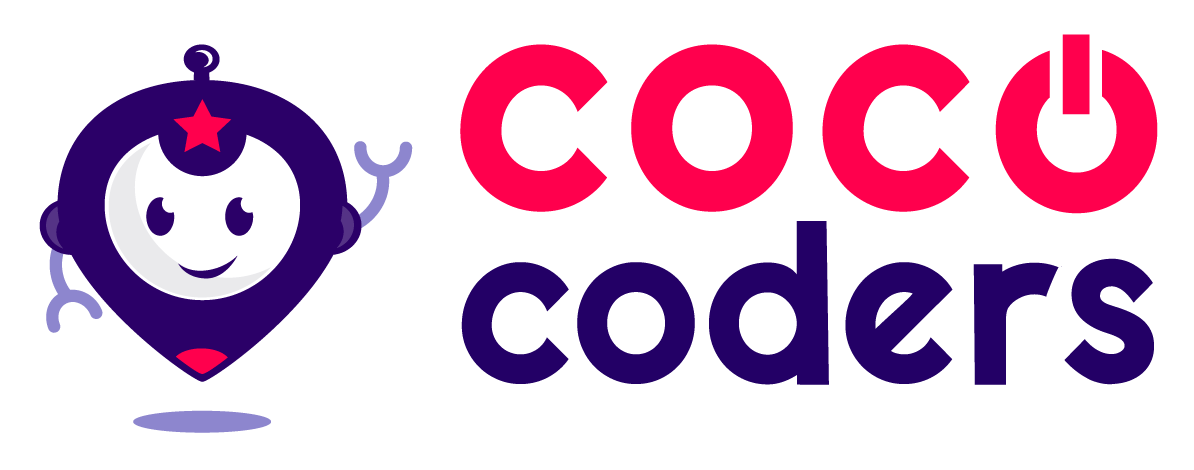Is Playing Minecraft Beneficial for 8-Year-Old Kids? A Parent's Guide
As parents, it's only natural to be concerned about the games your children play, especially in a digital age where screens are an integral part of their lives.
Minecraft, a popular sandbox game* has captured the imagination of millions of kids worldwide, including 8-year-olds. But is playing Minecraft good for kids of this age group? In this blog, we'll explore the educational and developmental benefits of Minecraft for 8-year-old children.
1. Creativity and Imagination:
Minecraft is a digital canvas where your child can unleash their creativity. It allows players to build and design their own worlds using a variety of blocks, materials, and tools. For 8-year-olds, this can be an incredibly enriching experience as it fosters imaginative thinking and problem-solving skills. Kids can create their dream houses, fantastical landscapes, and even replicate historical structures, all while learning about design and architecture.
2. Educational Opportunities:
Believe it or not, Minecraft can be an excellent educational tool. It encourages learning through exploration and experimentation. For instance, kids can learn about mathematics by calculating block quantities, geometry by building structures, and even biology by studying the game's ecosystem. Many parents and educators have harnessed Minecraft's potential to teach kids about history, geography, and science.
3. Collaboration and Social Skills:
Minecraft is not just a solo experience. It offers multiplayer modes where kids can collaborate with their friends or other players from around the world. This promotes teamwork, communication, and social interaction, all of which are crucial skills for 8-year-olds to develop. Parents can use the game as a platform to teach their children about online etiquette and digital safety.
4. Problem Solving and Critical Thinking:
Minecraft presents various challenges and obstacles that players must overcome. Whether it's surviving the first night, navigating through caves, or battling hostile mobs, kids are constantly presented with problems to solve. This promotes critical thinking, planning, and adaptability, which are valuable skills that extend beyond the game.
5. Hand-Eye Coordination:
Playing Minecraft requires precision and control, which can help improve your child's hand-eye coordination. The game also involves activities like mining, crafting, and combat, all of which require careful coordination of movements.
6. Time Management:
While it's important to monitor your child's screen time, Minecraft can also teach them valuable time management skills. Setting goals, managing resources, and planning their in-game activities can help kids learn how to allocate their time effectively.
7. Emotional Expression:
Minecraft can serve as an outlet for emotional expression. Kids can use the game to build environments that reflect their feelings or experiences, allowing them to process emotions in a creative and safe way.
Conclusion:
In conclusion, Minecraft can be a positive and educational experience for 8-year-old children when played in moderation and with parental guidance. It offers a unique blend of creativity, learning, and social interaction that can benefit your child's development. However, it's crucial for parents to set limits on screen time, ensure age-appropriate content, and engage in discussions about online safety. By doing so, you can harness the potential of Minecraft as a tool for your child's growth and enjoyment.
*(a sandbox game is a video game, with a gameplay element that provides players with a great degree of creativity, freedom to interact with the game world in a non liner fashion).



